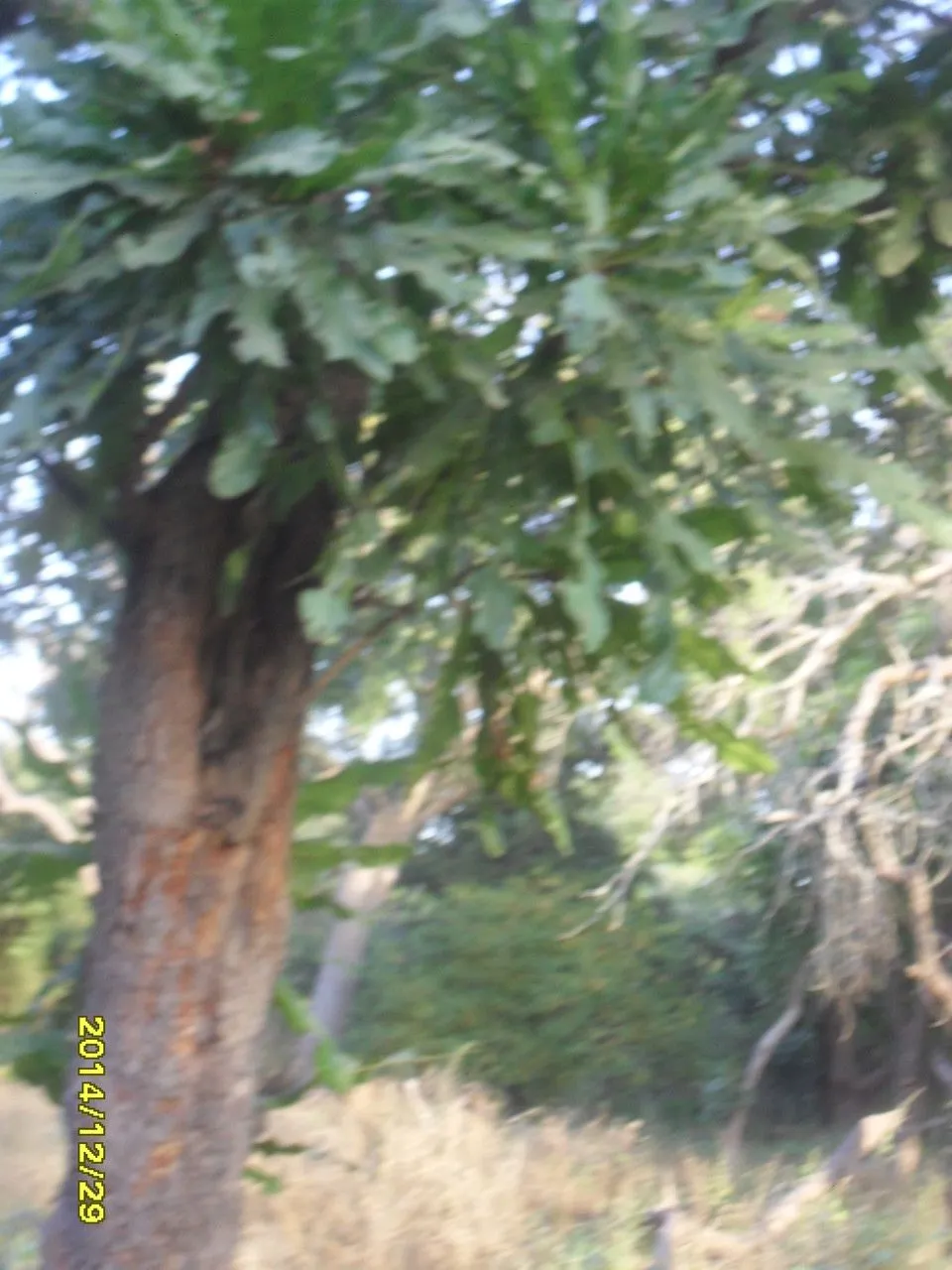
Author: Tiegh. ex Keay
Bibliography: Kew Bull. 1953:488. 1954
Year: 1954
Status: accepted
Rank: species
Genus: Lophira
Vegetable: False
Observations: W. Trop. Africa to N. Uganda
The Dwarf Red Ironwood, scientifically known as Lophira lanceolata, is a remarkable plant species belonging to the Ochnaceae family. It graces the tropical landscapes extending from Western Tropical Africa all the way to Northern Uganda. First described in the scientific literature by Tiegh. ex Keay in 1954, the Dwarf Red Ironwood has continually intrigued botanists and plant enthusiasts alike.
The Dwarf Red Ironwood is notable for its resilience and adaptability to the diverse climatic conditions within its native range. It is a small, yet sturdy tree, distinguished by its tough, wiry wood that boasts a striking reddish tint, hence the name “ironwood.” This robust quality has made it an invaluable resource for indigenous communities who utilize the wood for various purposes including construction, tools, and fuel.
In addition to its utilitarian values, the Dwarf Red Ironwood plays a crucial ecological role within its habitat. It contributes to soil stabilization with its root system and provides a habitat and food source for a variety of wildlife. Its leaves, flowers, and seeds all offer nutritional benefits to numerous species, forming a vital component of the ecosystem.
Botanically, the Dwarf Red Ironwood features elongated, lanceolate leaves with a glossy finish, which are not only aesthetically pleasing but also indicative of its scientific naming. The tree produces small, vibrant flowers that add a splash of color to the greenery, eventually giving way to fruit that encapsulates its seeds.
Researchers and conservationists continue to study Lophira lanceolata to better understand its growth patterns, adaptive strategies, and potential uses in sustainable forestry and land management. The knowledge gleaned from such studies is critical in preserving this species, especially in the face of expanding human activities and climatic changes.
In summary, the Dwarf Red Ironwood, or Lophira lanceolata, is more than just a plant; it is a symbol of strength, resilience, and ecological harmony within the tropical regions of Africa. As both a practical resource and a subject of scientific study, it embodies the intricate balance between nature and humanity.
Fra: azobé de savanne, faux karité, méné
Eng: dwarf red ironwood, false shea, méni oiltree
Por: mené, mufo
En: Dwarf red ironwood, Méni oiltree, False shea
Bm: Màkan, Màna
Fr: Azobé de savanne, Faux karité, Méné
Ff: Kareehi gori
Pt: Mené, Mufo
Taken Dec 29, 2014 by Tela Botanica − Hamadou BALDE (cc-by-sa)
Taken Dec 29, 2014 by Tela Botanica − Hamadou BALDE (cc-by-sa)
Taken Jan 12, 2011 by Tela Botanica − Florian FRAIX-BAVUZ (cc-by-sa)
Taken Jan 12, 2011 by Tela Botanica − Florian FRAIX-BAVUZ (cc-by-sa)
Taken Nov 29, 2019 by Tela Botanica − Sylvain Piry (cc-by-sa)
Taken Feb 1, 1988 by Daniel Barthelemy (cc-by-nc)
Taken Dec 29, 2014 by Tela Botanica − Hamadou BALDE (cc-by-sa)
Taken Nov 29, 2019 by Tela Botanica − Sylvain Piry (cc-by-sa)
Taken Sep 25, 2021 by Francesca Padma Gulli (cc-by-sa)
Taken Nov 29, 2019 by Tela Botanica − Sylvain Piry (cc-by-sa)
Taken Nov 29, 2019 by Tela Botanica − Sylvain Piry (cc-by-sa)
© copyright of the Board of Trustees of the Royal Botanic Gardens, Kew.
Family: Myrtaceae Author: (F.Muell.) K.D.Hill & L.A.S.Johnson Bibliography: Telopea 6: 402 (1995) Year: 1995 Status:…
Family: Rubiaceae Author: Pierre ex A.Froehner Bibliography: Notizbl. Bot. Gart. Berlin-Dahlem 1: 237 (1897) Year:…
Family: Sapindaceae Author: Koidz. Bibliography: J. Coll. Sci. Imp. Univ. Tokyo 32(1): 38 (1911) Year:…
Family: Asteraceae Author: A.Gray Bibliography: Pacif. Railr. Rep.: 107 (1857) Year: 1857 Status: accepted Rank:…
Family: Fabaceae Author: Medik. Bibliography: Vorles. Churpfälz. Phys.-Ökon. Ges. 2: 398 (1787) Year: 1787 Status:…
Family: Aspleniaceae Author: (Cav.) Alston Bibliography: Bull. Misc. Inform. Kew 1932: 309 (1932) Year: 1932…